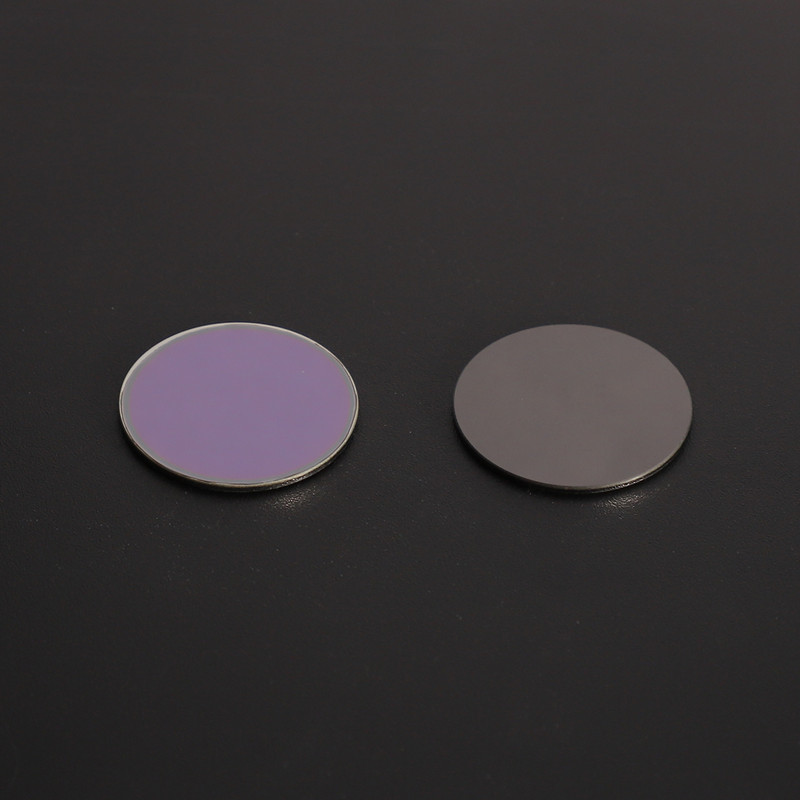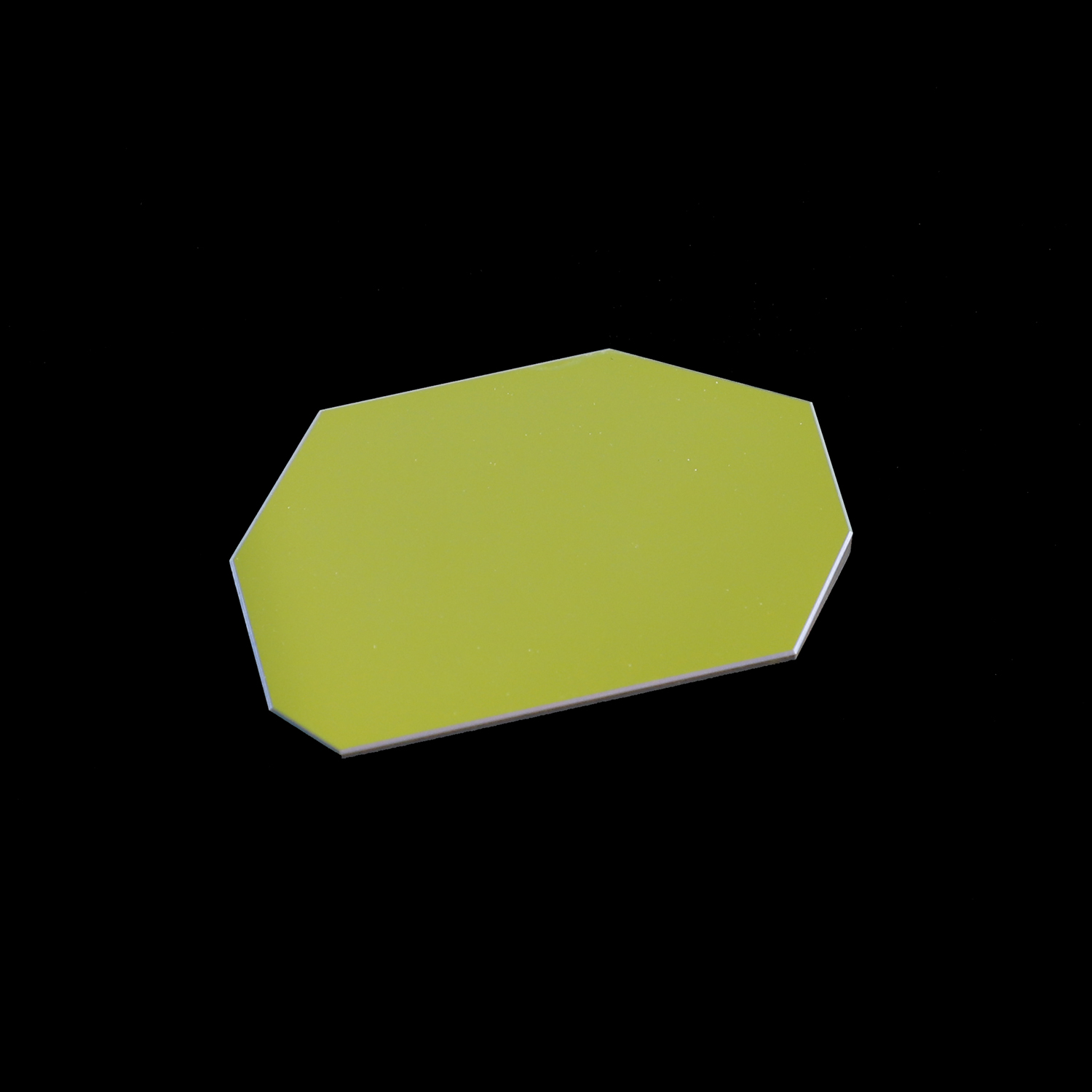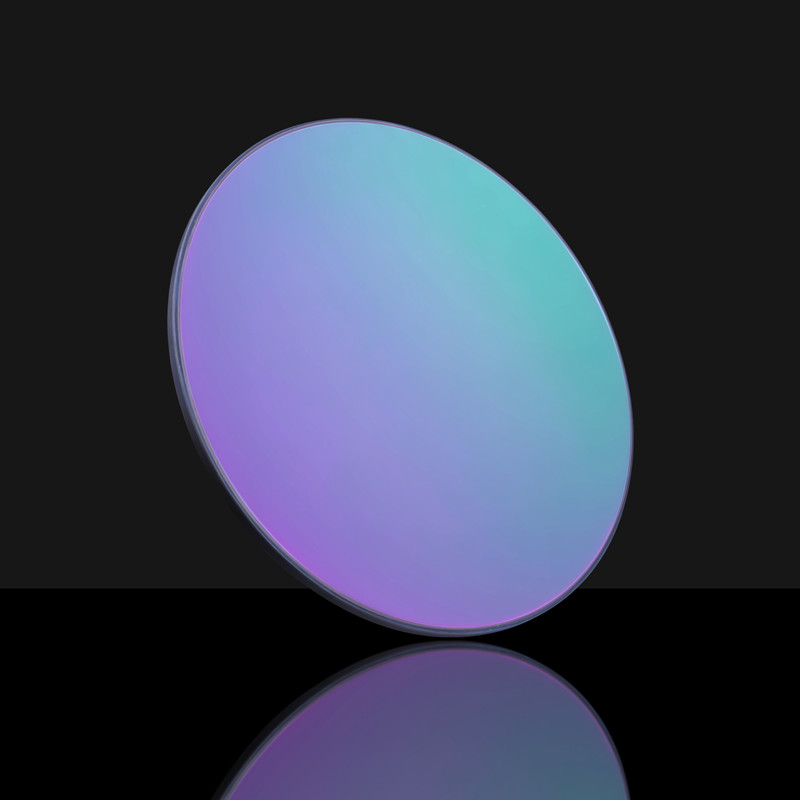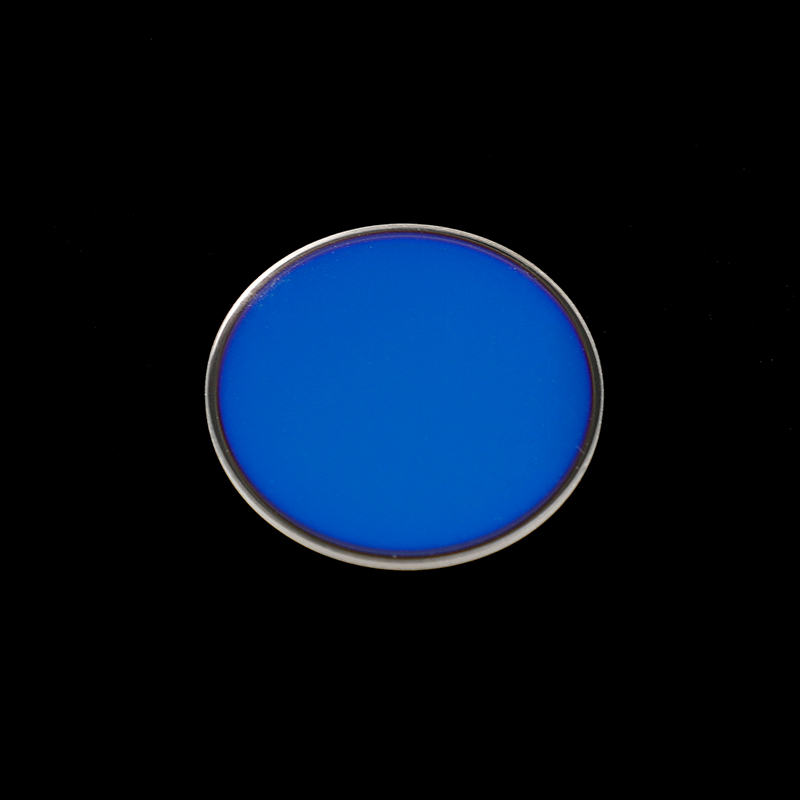Anti reflective film is an optical thin film mainly used to reduce the reflected light on the surface of optical components, thereby improving the transmittance of light. So what is the difference between an anti reflective membrane and an anti reflective membrane?
1、 Principle
Anti reflective film: Utilizing the principle of interference and cancellation of reflected light generated on the front and back surfaces of the film, thereby enhancing transmission. When light produces secondary reflection on the anti reflective film, it interferes with the original reflected light, thereby weakening the reflected light.
Anti reflective film: Its principle is that when the surface is excited with energy from a narrowband spectrum, there will be a change in the dielectric surface structure, which will affect the optical properties of the surface and thus affect the activity of chemical reactions on the surface.
2、 Function
Antireflective film: reduces reflection and increases the transmission of light. Applied to scenes that require improved light transmittance, such as optical lenses, eyeglass lenses, etc.
Anti reflective film: increases reflection and reduces the transmission of light. Used in scenes that require enhanced reflected light intensity, such as laser equipment, solar panels, etc.
3、 Application
Antireflective membrane:
Optical field: lens protection film, optical component protection film, optical window protection film, solar cell protection film, etc.
LED display screens, touch screens, LCD projection systems, eyeglass coating, instrument windows, etc.
Anti reflective membrane:
Optical field: optical lenses, lasers, fiber optic communication and other equipment.
Solar photovoltaic panels: increase the intensity of reflected light, thereby improving photoelectric conversion efficiency.
The above is an answer to the difference between anti reflective and anti reflective membranes. We hope it will be helpful to you. If you have any questions, please feel free to consult or leave a message online.










